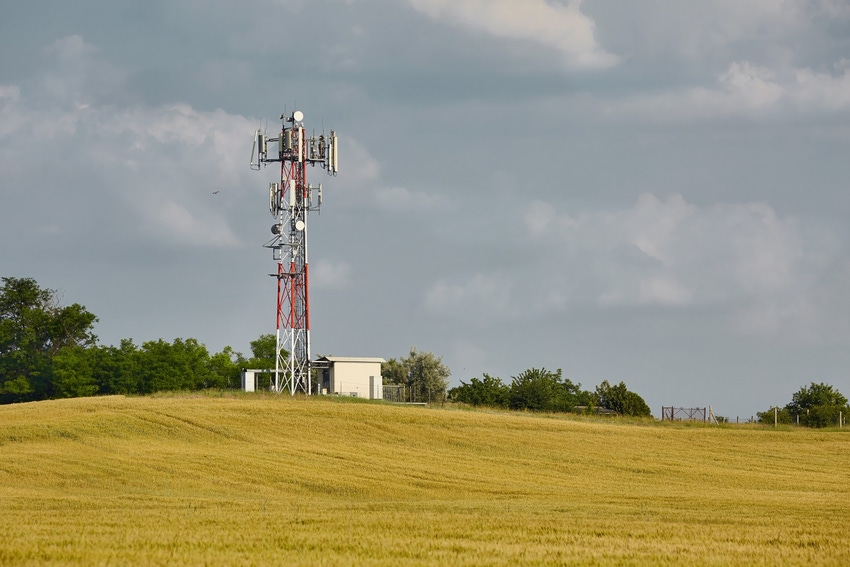Vodafone, O2 and Three have reached agreement on the first phase of the government-backed project to improve mobile coverage in rural areas of the UK, but EE says it doesn't need to be involved at this stage.
January 27, 2021

Vodafone, O2 and Three have reached agreement on the first phase of the government-backed project to improve mobile coverage in rural areas of the UK, but EE says it doesn’t need to be involved at this stage.
The three operators have detailed – to an extent – plans to build 222 mobile masts to improve rural 4G coverage across the UK.
The move forms part of the government’s shared rural network (SRN) initiative, a £1 billion project to address patchy coverage. Phase one will see the telcos commit £532 million in investment, as per a government announcement from last spring, to address partial not-spots, or areas in which there is coverage from at least one but not all network operators. The as-yet-to-be-announced second phase will tackle hard-to-reach areas where there is no coverage at all, backed by £500 million in state funding.
Each of Vodafone, O2 and Three will take the lead on building 74 new sites. In total, they will set up 124 new sites in Scotland, 54 in England, 33 in Wales and 11 in Northern Ireland.
But there’s a caveat.
“The exact number and location of masts will be subject to finding suitable sites, obtaining power supply and backhaul and securing the necessary permissions through the planning system,” the three network operators warned. Translation: if we don’t manage to do this, it’s not our fault.
We will find out in the next couple of years how they fare. The build will begin this year and is scheduled for completion in 2024. If it goes to plan, this part of the scheme will extend the area covered by all four operators to 84% of the UK’s landmass from 67% at present.
That’s right – all four operators. So where is EE in all this?
BT’s mobile arm essentially told us that it doesn’t need to take part in this part of the SRN because it already has sites in the right places and doesn’t need to build new ones.
“Our historic investment into rural coverage means we already deliver the widest 4G network across the UK, helping to meet our Shared Rural Network target,” a spokesperson for the operators said. “We’ve built more than 600 new rural sites over the past few years and we’ve offered to make these available to other operators to support them to improve their own rural coverage.”
EE will be involved in part two though, the bit the government is paying for, when that gets underway.
After phase two, each of the mobile network operators will cover 90% of the UK’s landmass, while together they will reach 95%.
You have to question how much difference the SRN will make to many people’s lives, in the first phase, anyway. Even if there is only one operator providing coverage in a certain location, surely that just means local residents buy service from that operator. Additional coverage is, of course, no bad thing. But this might not be as much of a game-changer as the telcos and the government would like to have us believe.
“This new infrastructure will unlock the potential of rural communities in all four nations and offer greater choice of fast and reliable 4G services,” said Matt Warman, Minister for Digital Infrastructure, in a statement.
“As part of this new Shared Rural Network the government is also investing half a billion pounds on new masts in areas without any signal at all meaning no one is left behind,” he added.
That last part is probably the more important element of the scheme. It would be nice to know when we can expect to see some progress there.
About the Author(s)
You May Also Like








.png?width=300&auto=webp&quality=80&disable=upscale)


_1.jpg?width=300&auto=webp&quality=80&disable=upscale)


.png?width=800&auto=webp&quality=80&disable=upscale)